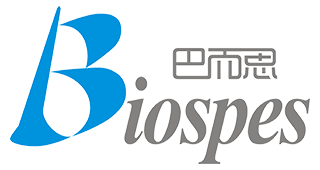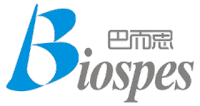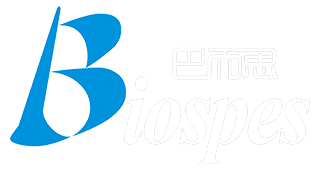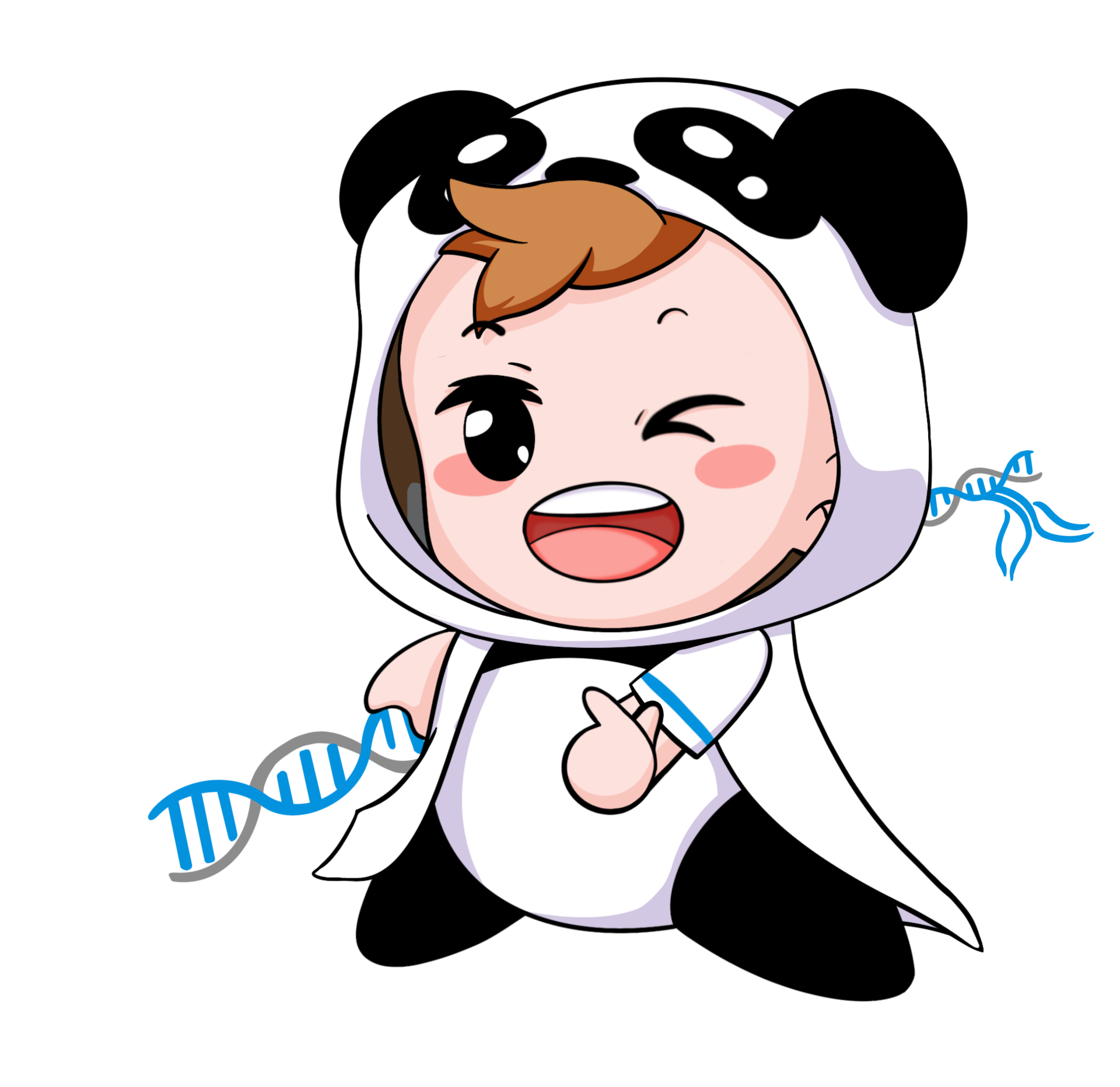Catalog# BMA1016
Lot # Check on the product label
Size 100μg
Isotype IgG2a
Clone # C87-1
Host Mouse
Reactivity Human, mouse
Product Form Liquid
Purification Protein A purified
Immunogen
A synthetic peptide (conjugated with KLH) corresponding to the C-terminal of mouse CK18.
Recommend Application
Western Blot, WB (1:5,000)
Immunohistochemistry, IHC-P (1:100)
Immunocytochemistry, ICC (1:50)
Other applications have not been tested.
The optimal dilutions should be determined by end user.
Storage Buffer
1*PBS (pH7.4), 0.2% BSA, 40% Glycerol and 0.05% Sodium Azide.
Storage Instruction
Store at 4°C after thawing (1 week). Aliquot and store at -20°C for long term (at least one year).
Avoid repeated freeze and thaw cycles.
Background
Cytokeratin 18, also known as keratin 18 (K18), is a type I cytokeratin. The K18 gene is 3791 bp in length and the K18 protein is coded for by seven exons. Keratin 18 is often used together with keratin 8 and keratin 19 to differentiate cells of epithelial origin from hematopoietic cells in tests that enumerate circulating tumor cells in blood. Keratin 8 and 18 (K8/18) are the major components of intermediate filament (IF) proteins of simple or single-layered epithelia.
Reference
1. Kulesh, D. A., Oshima, R. G. Complete structure of the gene for human keratin 18. Genomics 4: 339-347, 1989.
2. W. Jeffrey Allard, Jeri Matera, M. Craig Miller, et al. (October 2004). "Tumor Cells Circulate in the Peripheral Blood of All Major Carcinomas but not in Healthy Subjects or Patients With Nonmalignant Diseases". Clin. Cancer Research 10 (20): 6897–6904.
3. Inada, H; Izawa I, Nishizawa M, Fujita E, Kiyono T, Takahashi T, Momoi T, Inagaki M (Oct. 2001). "Keratin attenuates tumor necrosis factor-induced cytotoxicity through association with TRADD". J. Cell Biol. (United States) 155 (3): 415–26.
Details
Product Center



